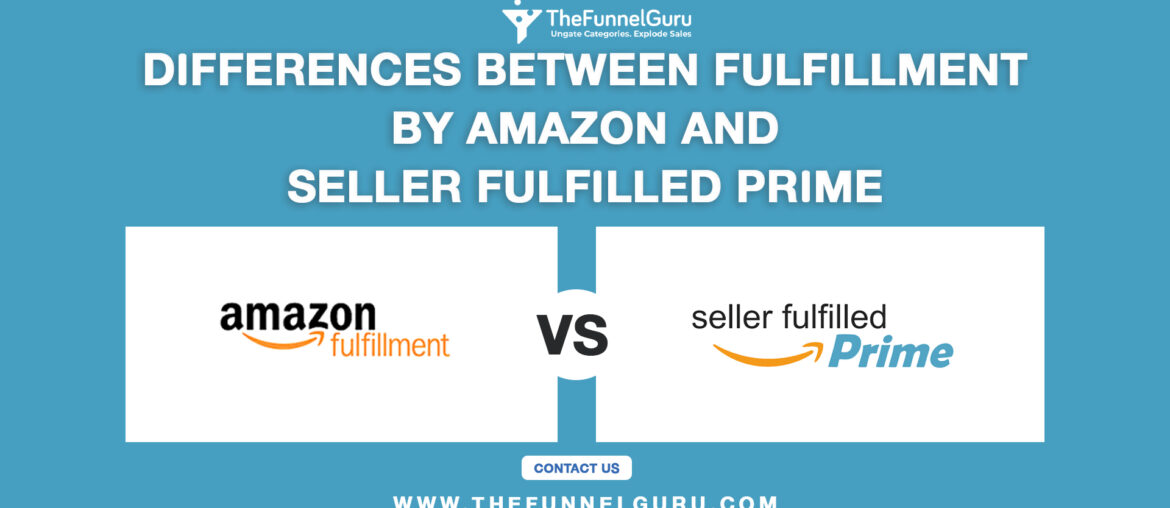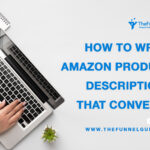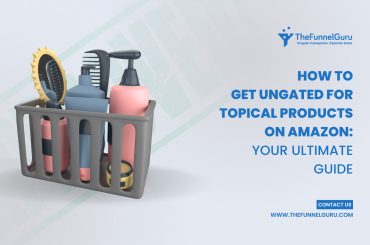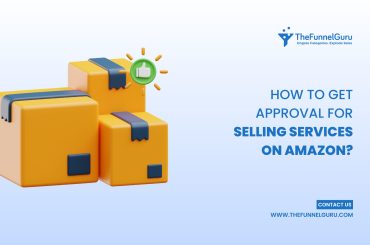Selling on Amazon has lot of aspects you need to take care of, one of the critical factor to consider was fulfillment. With Amazon, you need to either fulfill by Amazon itself or by Seller Fulfilled Prime.
FBA and SFP are very different, each one has their own features that will suits your business based on the size, cost and others.
To help you find which program would be best for your business, here are five key differences between being Fulfilled by Amazon or using the Seller Fulfilled Prime program.
5 DIFFERENCES BETWEEN FBA AND SFP:
1. FUFILLMENT
The first most important difference between FBA and SFP is the way you fulfill your products.
As the name suggests, Fulfillment by Amazon means your inventory is completely fulfilled by Amazon. They take care of it all.
You send your inventory to Amazon’s fulfillment centers, they store their inventory then picks, packs and ships the items to your customers.
With Seller Fulfilled Prime, you need to handle the fulfillment. Customers will purchase through Amazon, but your company ships the items directly with no intervention from Amazon.
When it comes to shipping, difference between FBA and using SFP is that you have to pay shipping costs.
2. FEES
Sellers who have been part of the Fulfillment by Amazon program, fulfillment fees can change at any time. Fulfillment fees structures and policies are updated yearly and sometimes even more frequently.
If you have send any product for storing, picking and packing and if those products sit on shelves, you’ll start to incur long-term storage fees, too. Regardless of what you’re selling, these costs can escalate fast.
With SFP you doesn’t have any fees. But, you need to handle your own inventory storage, packaging, return, and shipping all at certain costs.
3. STORAGE
With Fulfillment By Amazon, sellers can only able to sell on Amazon. You can’t opt for FBA if you need to sell on many sales channels.
To use Seller-Fulfilled Prime, you’ll need your own warehouse to control inventory and fulfillment which can be costly to acquire, maintain and staff.
4. INVENTORY CONTROL
With Fulfillment by Amazon, after you’ve sent your inventory to Amazon’s fulfillment warehouses, it’s gone.
In some cases, you may have to recall your Amazon inventory or be prepared to pay for Amazon’s multichannel fulfillment services.
Amazon also charges penalty fees for inventory stored in a fulfillment center for longer than six months.
When it comes to SFP you have complete control over your stock. If you sell on multiple sales channels or have a brick-and-mortar store, having a centralized location is more beneficial.
The benefits are even more evident if it is an holiday seasons or any events, there’s no limit on how much you can sell.
5. RETURNS
When your inventory is fulfilled by Amazon, they handle returns on your behalf and provide excellent customer service.
With SFP, your company handles all returns. This means you’ll need to have your own highly operational returns and customer service departments.
While using SFP, you can easily identify exactly which returned item ties to which order which reduces the risk of potential customer fraud.
Keep in mind, however, that Amazon requires SFP sellers to abide by the return policy.
CONCLUSION
These five differences highlight the main variations between Fulfillment by Amazon and Seller Fulfilled Prime programs.
While selling on Amazon, fulfillment is not only the important factor you need to consider but also consider ungating the restricted categories on Amazon.
Ungate the restricted categories by The Funnel Guru who are experts in this field gets you ungated in any of the restricted categories without creating any hassles.
The Funnel Guru have years of experience in ungating and gets you ungated in any of the restricted categories without any hassles.
Visit TheFunnelGuru Blog for more updates…!!!







